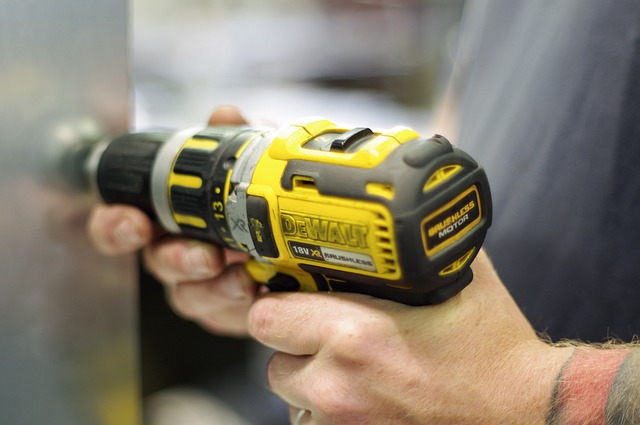Modern technology allows professionals to work with cordless devices, with the same performance as corded tools. However, it is essential to choose the right type of battery for the tool and your professional needs.
There is a whole host of rechargeable batteries on the market, each with its own set of pros and cons. Battery technology has improved over the decades, and previous challenges have been resolved. For example, a long-standing issue with battery-operated devices was the battery’s ability to last. Quite often, professionals would find their battery dying halfway through a construction job. Now, batteries recharge quickly, last for longer periods and are far lighter.
Before investing in a battery for your cordless tool, you should consider a few factors. Make sure you understand the basic battery specifications of voltage, amp-hours and battery type.
Amp-hours refers to how much fuel and energy the battery can store; battery type refers to the kind of technology the battery uses, and voltage is how much strength the battery can provide.
Invest in an industrial battery to power your cordless tools effectively and safely. Here are the most common battery types used in cordless devices.
Ni-Cd battery
The Ni-Cd battery has a life cycle of over 1000 charges and only 10% self-discharge. This battery is very cost-effective and has a long life cycle. It’s also robust and not easily damaged – which is excellent for those working in extreme working conditions. Ni-Cd also has a high current flow.
However, this type of battery is highly toxic and not environmentally friendly. It must be cooled before recharged, and a deep discharge is required often. Unfortunately, the Ni-Cd is susceptible to memory effects and is very heavy.
Ni- Mh battery
Opt for a much newer technology with the Ni-Mh battery. These batteries are a vast improvement on the Ni-Cd and far less toxic to the environment. Ni-Mh batteries will lose capacity after 600 cycles and have a self-discharge of up to 70%.
They do, however, have a higher capacity than Ni-Cd batteries. You can improve their short cycle life by storing and charging them correctly. This is a great option for high-powered devices, like cameras and torches.
Try to store and use Ni-Mh batteries between 33 to 103 degrees Fahrenheit for optimum use. They need to be deeply discharged every two to three months. Do not buy this battery if you intend to use it sporadically, and not all for months on end. Lack of use over long periods will deteriorate the batteries lifespan.
Li- Lion Battery
Li-Lion batteries are by far the most popular choice and the most modern. They are lightweight, small and can hold a large amount of energy. They can last over 1900 cycles, and their self-discharge rate is pretty low.
They only drawback is they can get very hot in use, causing the batteries to explode. However, most incorporate safety features to prevent this from happening.




